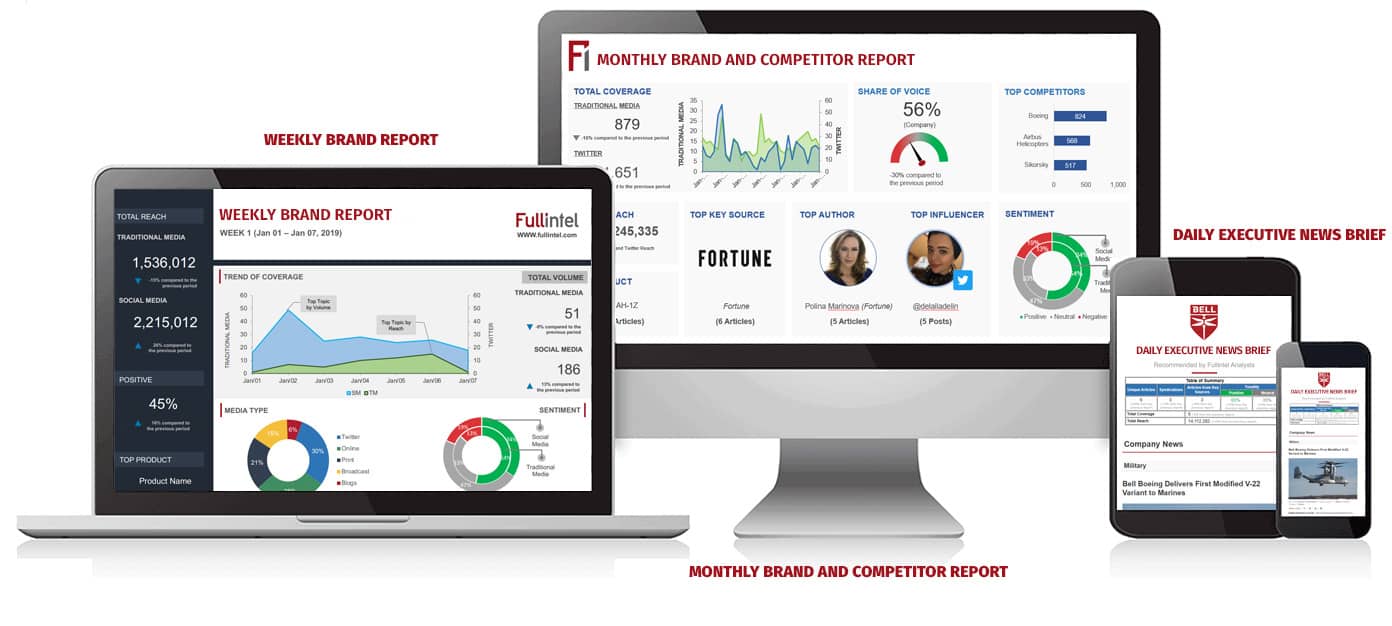
AI is suddenly everywhere you look, including the realm of PR—so much so that “AI fatigue” has become a real thing.
But if you’re feeling that slight twinge of AI fatigue, please bear with us, because AI in PR isn’t going anywhere. The key to its effective use is having the right skills, deploying it to the right use cases, and being aware of its possible ethical implications.
So what are the right skills for PR pros using AI? Which are the best use cases? And what are the most pressing ethical landmines?
We get into all of this, and more, in detail below.
Table of Contents
Are We Ready for AI in PR?
PR professionals, like many in other industries, have used AI for a few years now and are generally enthusiastic about it: A 2021 survey by the CIPR showed that nearly half of respondents are excited about AI.
But the same survey also showed that nearly one-third of respondents have limited knowledge around the use of AI—a finding echoed by a 2023 PRSA survey, which indicated that more than half of PR pros don’t use AI and that less than 14% are comfortable using the technology.
Another 2023 report indicated that nearly 40% of practitioners describe themselves as “immature” when it comes to digitizing communications.
“In short, PR/Comms practitioners are excited about something they know little of and have little experience with,” writes Ana Adi, the author of the above report and a PR professor at Quadriga University of Applied Sciences.
Skills required to use AI in PR effectively
Most PR pros in the PRSA survey indicate that ethics, strategy, and audience targeting and monitoring are core skills required to use AI in PR roles. But there are other, just as important skills, according to Martin Waxman, a PR professional and AI researcher.
Waxman says writing, thinking through implications, and asking smart and well-articulated questions are also core generative AI skills—and PR pros already have those in droves.
“AI models use data, but when we say data, we don’t just mean numbers,” explains Waxman, who recently launched a LinkedIn Learning course on using generative AI in PR. “We also mean unstructured data like text, video, and images, and PR professionals are great at working with that kind of data.”
These kinds of skills can help with prompt engineering or prompt writing—a term that describes asking a generative AI model to return a specific output in the most effective and efficient manner.
Tips for using AI more effectively in PR
Waxman says there are several ways PR pros can improve how they work with generative and other forms of AI.
Adding as much detail as possible helps create more accurate and useful outputs. It’s not good enough to give the model a topic and a few bullets: Write your prompt similar to a detailed brief you’d give to a junior employee or agency.
“That takes time, and it takes patience,” he says. “A lot of us don’t have the patience to wait for AI to do more, and sometimes it takes longer for AI to do the job right.”
Creating an internal prompt library can save hours of aggregated time: Many organizations prompt their AI models, get their output, and then start from scratch the next day. But saving your best prompts in a centralized database (it can even be a Word document) that’s shareable with your team can help save time and effort.
“List the objective, what it was, and the output, and all of a sudden your team has a starting point or a resource that you can draw on,” he says.
Continually asking questions helps refine and improve existing content, such as a newsletter.
“I’ll ask: What parts of this newsletter aren’t clear? What am I missing? What could be expressed differently?” he says. “And all of a sudden you get this additional perspective you can use.”
Not sharing sensitive or proprietary data with AI models can protect your company from data theft or misuse. You can usually opt out of AI models storing your data for training purposes, but some companies already learned that the use of AI models can be a security risk.
Finally, always ensure your AI models are human supervised to avoid potentially embarrassing or risky situations. “Fact check, fact check, fact check,” Waxman says, “because AI models still make stuff up.”
Best Use Cases of AI in PR
Generative and other forms of AI have already made an impact and enhanced PR teams’ productivity in several areas. Here are some of the most common use cases:
- Real-time media monitoring: Human curation will likely always be the most accurate form of traditional and social media monitoring. But automated monitoring based on AI can help scale PR teams by tracking real-time mentions and providing on-demand insights, especially when dealing with massive datasets.
- Trending predictions: PR pros can also use AI to predict which emerging stories, issues, or themes could go viral—a potentially brand-saving tool for crisis management.
- Draft content creation: While you should never let AI write your story pitch or blog post on its own, you can use AI to create drafts you can use to build the full product.
- Media and other research: Speaking of research, you can use AI to create synthetic personas of those you want to reach, then ask it the best ways to reach them. You can even inform the model by inputting past articles from target journalists—just be wary of potential copyright violations.
- Language translation and article summaries: AI translations and summaries usually aren’t perfect, but they’re super fast and accurate enough to inform PR teams in real-time.
- Summarization: LLMs are fantastic at summarizing large amounts of information. If you’ve got a lot of research to get through quickly, generative AI can help scale your efforts.
- Transcriptions: Remember the days of manually transcribing interviews or speeches? Just feed an audio file into AI transcription software such as Otter.ai. While not all AI transcriptions are accurate, most are at least passable (and some are very good).
- Editing: While AI and digital tools such as Grammarly won’t turn you into Dostoevsky overnight, they’re very good at spotting grammatical or style errors, such as writing in passive voice.
It’s widely recognized that AI tools can help scale PR teams by handling the low-hanging fruit, allowing humans to focus on more value-added tasks.
The Ethical Quandaries of AI in PR
It’s easy to compare the use of AI right now to the early days of social media when most of us thought it was all sunshine and roses—although it’s probably fair to say we’re not quite as naive as we were in the early 2000s.
That said, bias in AI models is a big issue. Because AI models are trained by humans, it’s easy for them to commandeer some of our inherent biases, which can then spill over into outputs.
Explainability and fairness is another issue that can lead to a lack of trust in AI models, which are in many cases so much of a black box that model developers often don’t know why they behave the way they do.
The threat of highly scalable misinformation and disinformation, such as the use of deepfake video, is also a fast-growing problem that has only accelerated in the run-up to the 2024 U.S. presidential election and current geopolitical conflicts.
And of course, anxiety over the prospect of artificial general intelligence (AGI, or a state of AI that matches or surpasses human intelligence) is relatively prevalent, even among AI experts. A recent YouGov survey indicated that nearly half of respondents are concerned that AI could one day become a threat to humanity.
What PR teams and organizations can do
Most of us are now acutely aware of many of the downsides or potential ethical pitfalls of AI. That’s why some organizations, such as IPR, have introduced AI disclosure policies that police when PR professionals or researchers should use AI and when they must proactively disclose that AI has been used.
Other experts argue that PR organizations should take other precautions before using AI tools, such as establishing advanced security protocols, being more careful about selecting training data (to eliminate bias), and staying compliant with privacy and copyright laws.
Waxman says it’s also important for organizations to be proactive so they don’t fall into a “bring-your-own-AI” situation. “And that means there’s no consistency that proprietary company data is protected.”
Conclusion
The use of AI in PR isn’t going away—and, if anything, is increasing in prevalence as organizations find new ways to scale their teams.
Although PR professionals may need some training to use AI models most effectively, and organizations need to take care not to fall into ethical traps, AI has already proven a useful tool across a number of use cases including real-time analysis and media research.
Fullintel’s AI-powered media monitoring suite, Fullintel Hub, combines the blinding speed of AI with the accuracy of human curation for a 360-degree view of your media coverage. Users can also deploy Fullintel’s proprietary PredictiveAI human-in-the-loop models to learn the context behind your mentions, helping to predict which stories and issues could go viral.
Contact Fullintel today to learn how our expert curation and AI tools can scale your team and help you achieve your communications goals.


